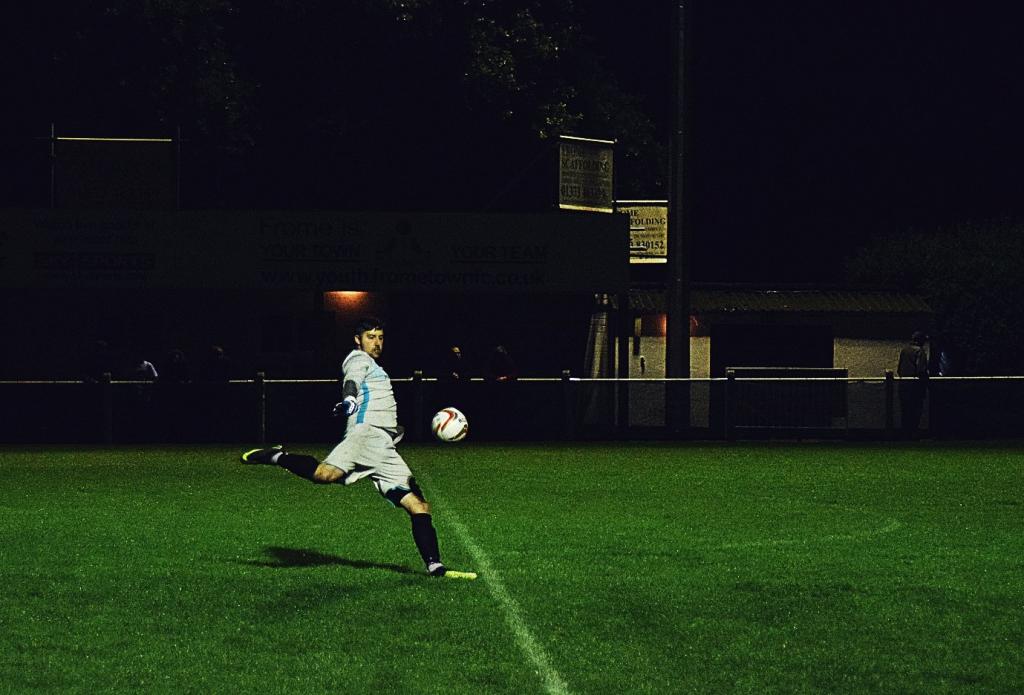Football history: How was it invented and why did it become so popular?
Soccer game: from ancient times till nowadays
Could you believe that only 2 centuries ago the most popular sport game in the world were known only in one country? Everything has a beginning, but the most interesting is that not everything can gain such impressive popularity! Firstly football was played only in several universities of Great Britain. Now, in almost every school in the world there is a football team. Watching football matches for many people is non a tradition, but a cult.
Football matters much in lives of 21st century students too. Even when the deadlines are pressing they could not help visiting or watching the game. They’d better use writing services for students than miss the important match sitting and writing homework. Being in a football team is cool and prestigious.
If you’re a good player, you can count on sport scholarship after applying to college. A football team of the institution is like a visit card. During college years, team players can even buy dissertation and get away with it to be allowed to play football. And all these started in ancient times... Lets timehop to the past!
Where did football originate: Feet and ball and that’s all

There are some suggestions that the history of soccer starts from 2500 B.C.
It seems to be the first time when humans considered playing games that involve foot and ball to be a good idea. It went so far that ancient Greeks, Egyptians and Chinese appeared to play it. Although, the didn’t limit themselves with only feet and ball. It was okay to play with hands and even sticks to control the ball. Each nation had its specific features in their kind of ancient football.
Ancient Greeks and Romans played a game that resembled modern rugby. While the most relevant of these ancient games to our modern day "Association Football" is the Chinese game of Tsu'Chu (Tsu-Chu or Cuju, meaning "kicking the ball"). Records of the game began during the Han Dynasty (206 B.C.–220 A.D.) and it may have been a training exercise for soldiers. During Chinese matches it was forbidden to use hands to catch the ball.
After Tsu'Chu introduced this kind of playing, more and more countries started playing ball’n’feet games. In some way it is fair to consider that he is the one who invented soccer. The number of cultures cultures who had activities that centered on the use of their feet increased (e.g. Japan's Kemari which is still played today).
The breakthrough of football: Meanwhile in Britain

Medieval English used to kick a pig’s bladder from one landmark to another. The passion to compete between towns through quite peaceful game had evoken around 7-9 centuries. Then it became crystal clear that the best kind of massive competitions must have such attributes: two teams, ball and the goal. There were no rules or restrictions for players, so the could have done nearly anything to reach their aim. The main idea of such game was to get the ball into opponent’s goal. Now it seems that Medieval football is not very different from the modern one. Well, if you think so you’ve missed something important! The absence of basic rules states about the fact that medieval English played far more dirty and violently than the modern once.
Since 7-9 centuries many rules changed and each person interpreted the rules differently. A significant moment in the development of Football happened in October 1863. By that time so-called football became a popular game among school students. It was on their behalf to set of official rules under which they could play. This is when the Football Association was formed. So, in 19th century student matches took place at public schools and then the rules of the game were clearly defined. Gradually, regular games were taken to the next level, the international one. Between 1870 and 1872 the first football game between English and Scottish players took place.
A tradition, a hobby and a business

A century later, football in its different variations (e.g. soccer or rugby) spread all over the planet and attracted millions of fans. Various championships became as important event as some national holiday. The most famous and talented football are considered to be celebrities as actors and pop-stars. Moreover, they became role models for youth. Parents take their children to football classes since primary schools. Who knows, what if their child could be the next Beckham or Maradona?
There are also people who collect small figures of popular players. Some people collect happy meal toys, others rare cars, stamps, while collecting football players seems to be a quite original hobby!
Football hysteria affected fashion industry as well. While rock music fans spend solid sums of money to buy official merch of their favorite bands, football fans purchase uniform of their favorite players and clubs. Shops with football related goods gain appeal among tourists too. If you visit the official shop of FCB you’ll find this place very crowded! But visiting this shop totally worth it. This is a true heaven for devoted FCB fans.
The emerge of television boosted the football fan movement. It also became a goldmine for advertisers. Only the most prosperous businesses can afford to show ads during the World Cup. And if you pay attention to these ads, you can notice that they bear not only commercial, but aesthetic value. It is an honor for brand to show its ads during the World Cup the commercial break.

